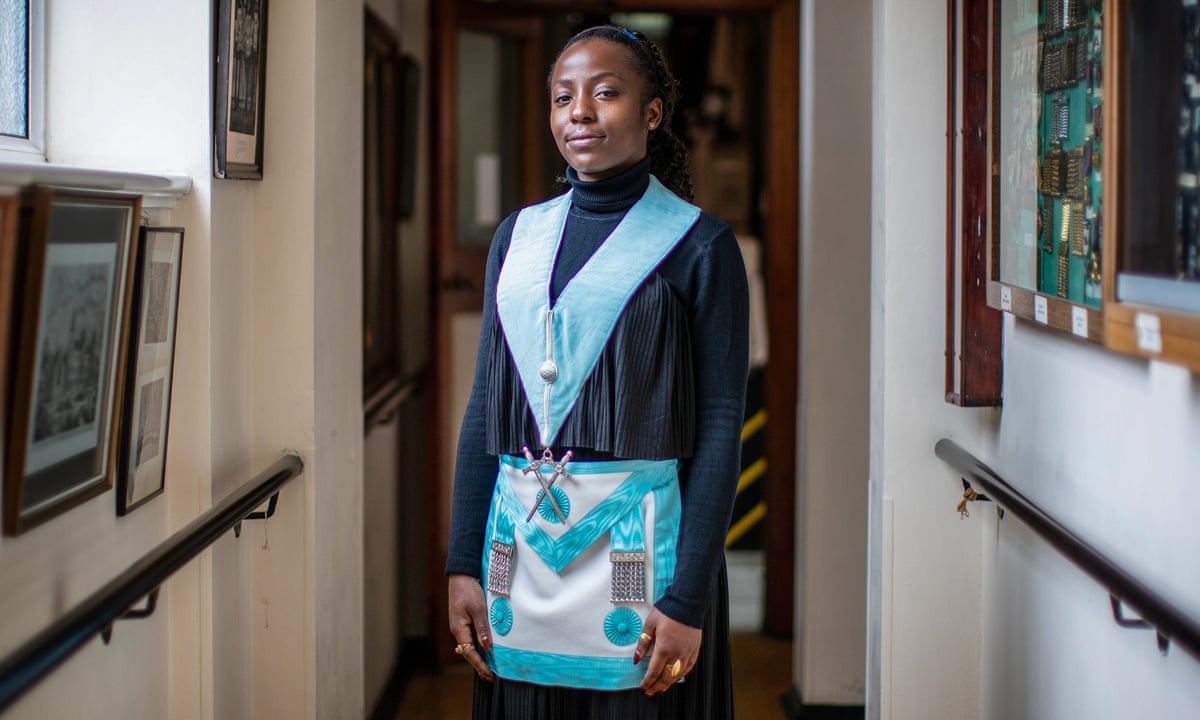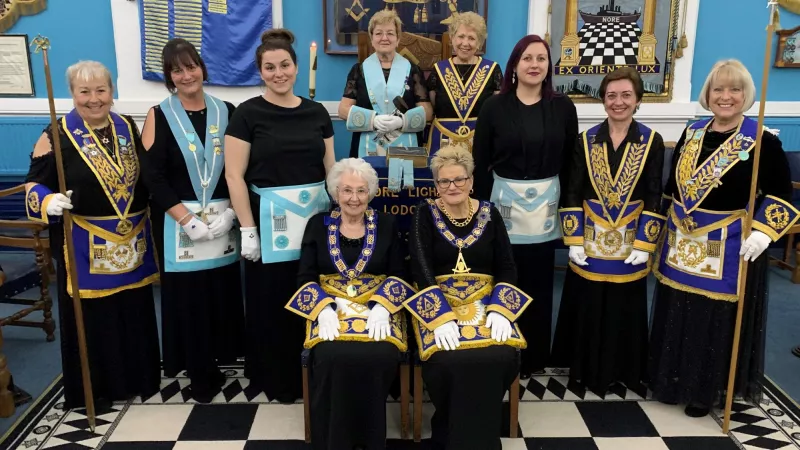Understanding the Practical Benefit of Joining Freemason for Every Member
Understanding the Practical Benefit of Joining Freemason for Every Member
Blog Article
Discovering the Mysteries of the copyright: What You Required to Know
The copyright, a term often shrouded in intrigue and controversy, represents an intricate tapestry of historical reality and modern-day myth. Established in the late 18th century, this secret society was at first rooted in the Enlightenment's suitables yet has actually since become identified with conspiracy concepts about elite control.
Origins of the copyright
The origins of the copyright are steeped in a blend of historical intrigue and ideological fervor. Developed in 1776 in Ingolstadt, Bavaria, by Adam Weishaupt, the group was originally formed as a secret culture aimed at advertising Enlightenment ideals such as reason, secularism, and the splitting up of church and state. join freemason. Weishaupt, a professor of canon regulation, sought to test the prevailing authority of the church and state, which he considered as overbearing institutions stifling intellectual and personal freedom
The copyright sought to hire prominent participants from various social industries, including politics, academia, and the arts, to promote a network dedicated to these Knowledge principles. The culture run under a shroud of privacy, utilizing coded language and routines to safeguard its participants from persecution, specifically given the repressive environment of the time. However, the copyright encountered substantial resistance from both governmental authorities and spiritual establishments, which saw the team as a threat to their power.
Secret Figures and Participants
Who were the essential figures that formed the copyright's early impact and direction? The Bavarian copyright, established in 1776 by Adam Weishaupt, emerged as a feedback to the oppressive social structures of the moment. Weishaupt, a law teacher, envisioned the company as a way to advertise Knowledge suitables such as factor, secularism, and equality. His preliminary employment efforts consisted of significant intellectuals, such as Baron von Knigge, that played an important duty in increasing the group's membership and business framework.
One more considerable number was Johann Gottlieb Fichte, a prominent philosopher whose ideas on nationalism and education and learning reverberated with the copyright's objectives. Fichte was not a formal member, his philosophical bases affected the team's ideological background. In addition, numbers like the author and philosopher Johann Wolfgang von Goethe were connected with the broader intellectual motions of the time, although their direct involvement with the copyright remains debated.
These key figures added to the copyright's very early instructions, pressing the limits of political and social idea, while their cumulative initiatives aimed to challenge recognized norms and foster a climate of progressive change in Europe. (join freemason)
Misconceptions vs. Fact
Lots of misunderstandings surround the copyright, usually blending fact with fiction in a means that obscures its real nature. The concept that the copyright continues to apply considerable impact over world occasions is a misconception.
Another widespread myth is that the copyright consists of a network of elite individuals manipulating worldwide affairs. In fact, numerous conspiracy helpful site theory theories overemphasize the group's value, attributing misguided motives to social trends and occasions. This has actually resulted in an oversimplified sight of complex concerns.
Additionally, the representation of the copyright in popular society frequently more distorts its tradition. Movies and literature have a tendency to sensationalize the company's role, producing a story that diverges from historical truths. Recognizing the difference between the misconceptions and the fact of the copyright is essential for critical the real impact of this historical group and identifying the more comprehensive implications of conspiracy concepts in modern culture.

Modern Analyses
Contemporary analyses of the copyright often reflect wider societal stress and anxieties and an attraction with privacy and power. This modern-day lens regularly links the copyright with conspiracy theories that suggest a covert elite manages world events, controling federal governments and economic climates for their very own gain. Such stories touch into an ingrained wonder about of authority, specifically in times of situation or social turmoil.
In pop culture, the copyright is typically illustrated as a supreme organization shrouded in mystery, leading to a huge selection of fictional portrayals in literary works, movie, and music. This representation serves not only to entertain yet additionally to prompt thought of the nature of power and control in modern culture. Social network has further amplified these analyses, enabling for rapid circulation of conspiracy theories and developing neighborhoods that share and expand upon these concepts.
Additionally, some modern analyses frame the copyright as a metaphor for the intricacies of globalization and the interconnectedness of influential people and organizations. This viewpoint motivates a vital examination of just how power dynamics run in today's world, highlighting the equilibrium between openness and secrecy in administration and corporate methods.
Social Impact and Tradition
Influenced by centuries of intrigue, the social influence and legacy of the copyright prolong much past its historic origins. This secret society, established in the late 18th century, has actually penetrated various facets of pop culture, from literary works and movie to songs and art. join freemason. The concept of the copyright has developed right into an icon of conspiracy theory concepts, often representing a viewed concealed power adjusting international occasions
In literary works, writers like Dan Brown have actually woven the copyright right into detailed stories, captivating readers with themes of secrecy and power. Films such as "National Prize" and "The Da Vinci Code" further perpetuate the allure of the culture, mixing reality with fiction to develop interesting stories.

Eventually, the hop over to these guys copyright's tradition is a complex tapestry of myth and fact, forming understandings of secrecy and control in modern discussion. Its enduring presence in society highlights humanity's seasonal mission for recognizing covert truths.

Conclusion
The exploration of the copyright discloses a complex interaction between historic truths and modern myth-making. Started in the Knowledge period, this society intended to test overbearing structures, yet its tradition has been eclipsed by conspiracy concepts that recommend elite control. Understanding the read more differences between the initial ideals and modern interpretations is crucial for comprehending the withstanding attraction with the copyright and its significant impact on cultural narratives bordering power and secrecy in society.
Report this page